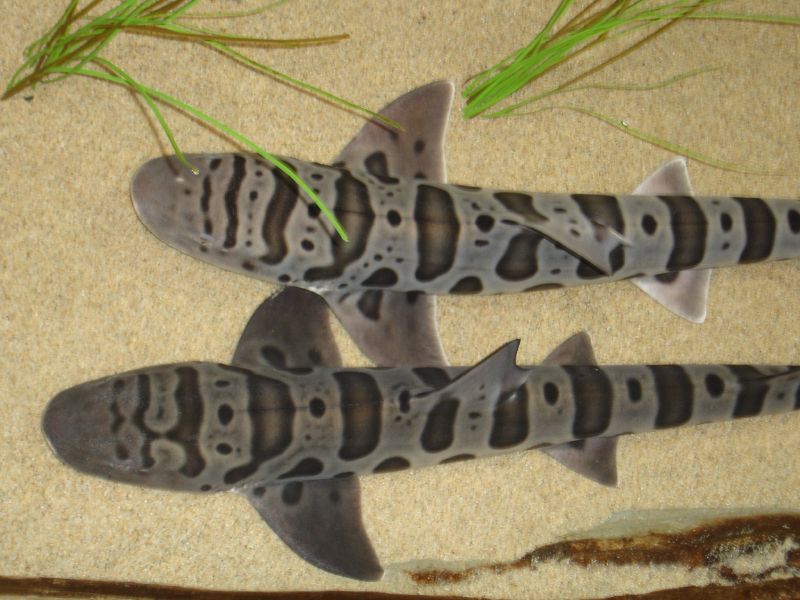Here we are again, with 8 months since my last post. To be honest, I have at least 5 posts started in my draft box with the best of intentions. I think it stems from my desire to document the details of everything. It's just too overwhelming once you've missed a couple months. Where do you start!? For now I'm letting myself skip the last 8 months. Maybe later I'll be motivated and fill in the (more-exciting-than-my-current-life) gaps, including some more Iceland posts, a few paddling posts, 6 weeks of unforgettable/hilarious/adventurous cross-country road trip posts, and 5 months of exploring my new state of residence (California!). Oh! How could I forget? My new job, which involves a lot of analyzing and a little bit of exploring beaches and rivers!
I'll start small, I guess.
Pinnacles National Monument is pretty small (maybe that's why it's called a monument?). It's a national park about an hour southwest of Monterey Bay, in the town of Paicines (which, from what I can tell, consists of an intersection between two small county highways). The drive to the park was lovely! This is assessment likely has more to do with the fact that I was taking my new (used) car on a trip for the first time, the sun was out (68 degrees!), and it was a Sunday morning so the Bay Area traffic was somewhat tame.
Since all the Californians were in Tahoe pretending to ski in puddle of slush, the park was very peaceful. I only encountered a few hikers on my 8 mile loop.
The first part of the trail took me to the Bear Gulch Caves and Reservoir (Californian for
murky puddle). The entrance to the cave had a daunting sign that read, "Caution: Flashlights Required." Since this was my first longish solo hike experience, I started having flashbacks of
127 Hours. I took a 3 minute water/digging-for-headlamp break before entering the CAVE. 2 minutes later I was back in bright daylight and feeling rather sheepish. The next few caves were similarly brief, but still fun to squeeze through. Apparently the caves are often closed due to wet conditions and for bat habitat, so I got lucky!
 |
| Bear Gulch Caves |
At the end of the caves I arrived at a cute little reservoir. I didn't spend too much time there since it's apparently the place for romantic couples to hang out at 11am on a Sunday - awkward. Onwards!
 |
| Bear Gulch Reservoir |
The next bit was pretty steep and dry. Here I'd like to pause and say that what I really miss about the east coast is the lush-ness of the woods. Even when you're in a forest in the middle of winter in California, it feels like the moisture is being sucked out of you.
This steep trail took me up to the "High Peaks," which are the spikes most commonly documented in photos taken at Pinnacles. These neat geologic formations are thought to be part of the Neenach Volcano, which was split by the San Andreas Fault. The Pacific tectonic plate moved up and took the Pinnacles with it. Since this particular type of rock is very erodible, it led to the visually appealing smooth rock outcroppings that remain today. (Here ends my attempt at knowing anything about geology)
The trail through this section is very narrow and steep (up long staircases cut into the boulders) - it was a lot of fun! Since there aren't really any trees you have a great view from pretty much any angle. I paused here for a delicious lunch featuring the amazing avocado (which is affordable year round!):
 |
| The High Peaks (left) in Pinnacles National Monument |
On the way down I accidentally missed my turn for the Condor Gulch Trail and ended up adding a few extra miles, but I ended up seeing 3 condors circling above my head for the rest of my hike. Pinnacles is part of the California Condor Recovery Program. On my hike I saw one of the resident ornithologists monitoring the condor populations.
Here are a few more pictures from the hike down:
 |
| Manzanita trees have really stark red bark. They're evergreen and drought resistant! And very pretty... |
 |
| A little bird with a blue back... not sure exactly what kind! |
I'd really like to get back there and hike up to the Pinnacles in the evening or early morning, when the sun is at an angle that makes for interesting lighting - I think it would be a spectacular sight! Oh, one more thing I should mention. This park is an excellent place for outdoor rock climbing, so I need to make a point of meeting climbing gear-heads in the Bay Area to take me climbing... if you have any connections let me know! :)





















































